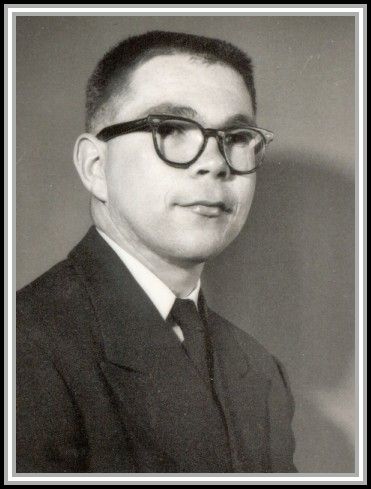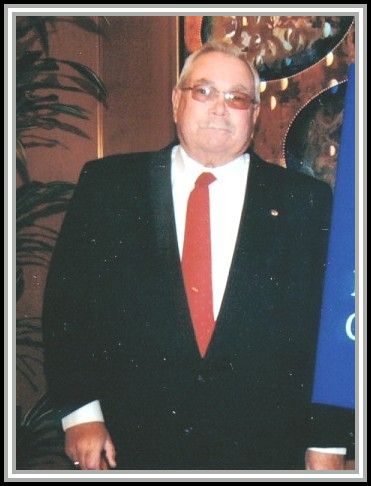Charles W. "Chuck" Bird, LTJG
SECTION 7.
[Photos and information on this page most graciously contributed by Chuck Bird.]
Charles W. Bird - 1963
"I came on board as a very green, new minted Ensign in January of 1961. I served as M Division Officer. I met a Nurse at Jim McClendon's Wedding and married her. I left active duty, perhaps foolishly, in 1963 and became the Plant Engineer in a large papermill. I finished my Master's Degree and served as the Plant Manager of that papermill until the company went bankrupt in 1972. With the help of my wonderful wife, I started my own engineering company (SeaBird Engineering, LLC) and took on contracts that sent me scurrying in places both domestic and overseas. By 1984 I began to worry how much longer I could "dodge bullets" so became the Regional Manager for the Masonite Division of International Paper and we settled down in South Carolina, though I kept my business going also. Along the way, we had six children, and now I have 5 Grandchildren. I retired from IP in 1997, when I turned 60 and I sold the business in 1999. We already owned a home here in Arizona, to which we moved. Unhappily, in 2003 I lost my wonderful wife, Mary, to cancer and it took me a while to recover from that blow. With the help of my Children and some very dear friends, like Jim MClendon and Paul Webb (both Savages) I regained my sense of priorities and have gone on with my life. We were very fortunate, we had property in California, which we sold and the sale of my company has allowed me to enjoy a few luxuries, I travel quite a bit and am able to visit with my Children and Grandchildren, who are spread from Barrow, Alaska to Norfolk, Virginia."
Chuck's memories from the Savage:
"Life on the Savage was pretty hard, it was not at all unusual to have an 80 day patrol in the North Pacific, come in to Pearl for 5 days and do it all over again! Those BarPac patrols were pretty brutal, not because of warfare, but weather and drifting on station. Money was so tight, we couldn't even afford new liners for the engines, I would go over to the Sub Base and beg them for used liners just to keep the engines running. We rarely were ably to keep both little boilers operable, so never more than half the ship could be heated at any given time, even in sub-zero weather! Ice would be so bad at times, even the Captain would be out on deck with a fire axe chopping ice so we would not turn turtle!"
"The name of the Naval Shipyard where The Savage ended her "real" life was Mare Island Naval Shipyard in Vallejo, California (on the upper reaches of San Francisco Bay) I went on board her in December, 1969 and was allowed to roam the ship. It was eerie, I had left the ship in 1963 and most everything was still the same, even the smells and that hideous couch in the wardroom! The correct designator for the main engines is Fairbanks-Morse 38D-81/8-10OP. They were 10 cylinder Opposed Piston Engines that were normally used in submarines. They were vertical engines with an upper and lower crankshafts. In the DER configuration, there were three General Motors 2-68-A 300 KW generators providing electricity and two small "donkey" boilers for heat, the evaporator and other shipboard needs for steam. Again, in the DER configuration, the main armament were two 3" single gun mounts, one forward and one aft, both designated 3"-50's. (during my time, they could fire about 5 rounds before jamming!)."
Charles W. Bird - 2005
SECTION 7. CONTENTS

